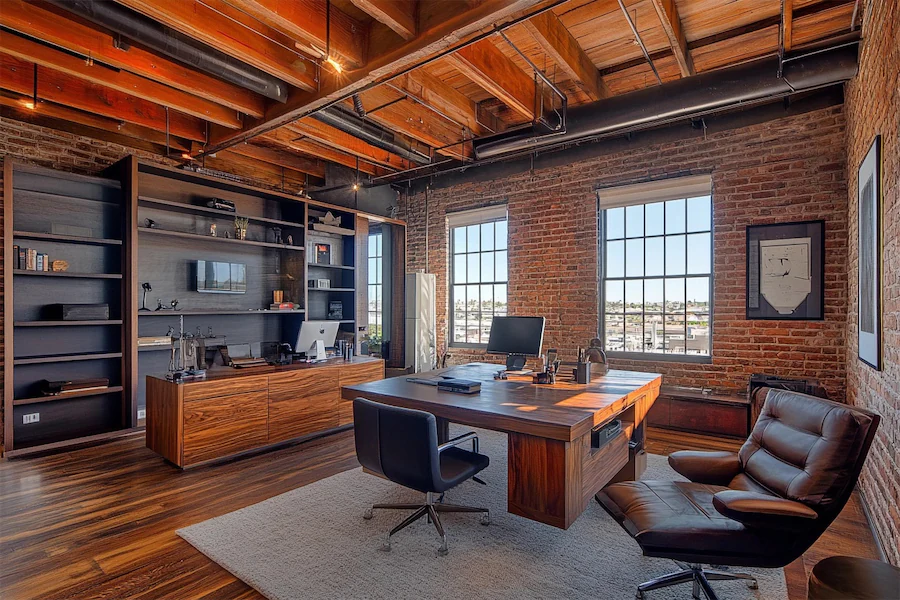A high-ceiling office room offers an expansive and airy environment that can enhance creativity and productivity.
Introduction to High-Ceiling Office Rooms
High ceilings in office spaces create a sense of openness and grandeur, often associated with modern and industrial design aesthetics. They allow for increased natural light, improved air circulation, and opportunities for creative design elements, contributing to a more pleasant and inspiring work environment.
History and Origins of High-Ceiling Office Rooms
The concept of high-ceiling office rooms gained prominence with the conversion of industrial buildings into office spaces, particularly in urban areas. These structures typically featured high ceilings, exposed beams, and large windows, which have been retained and celebrated in modern office design for their aesthetic and functional benefits.
Key Features of High-Ceiling Office Rooms
- Natural Light: Large windows accompanying high ceilings allow for abundant natural light, reducing the need for artificial lighting and creating a more inviting atmosphere.
- Architectural Elements: Exposed beams, ductwork, and other structural components add character and an industrial chic appeal to the space.
- Acoustic Considerations: High ceilings can lead to increased noise levels; incorporating acoustic panels or materials can help manage sound.
- Vertical Space Utilization: The additional vertical space allows for creative storage solutions, artwork displays, or even mezzanine levels, maximizing the functionality of the office.
Applications of High-Ceiling Office Rooms
High-ceiling designs are versatile and can be applied to various office settings:
- Creative Studios: Providing an open and inspiring environment conducive to artistic and innovative work.
- Corporate Offices: Offering a sense of grandeur and openness, enhancing employee satisfaction and impressing clients.
- Co-working Spaces: Creating a spacious and flexible area that can accommodate diverse working styles and collaborative efforts.
Considerations When Designing a High-Ceiling Office Room
- Lighting: While natural light is beneficial, it’s essential to incorporate appropriate artificial lighting solutions to ensure adequate illumination during all working hours.
- Temperature Regulation: High ceilings can affect heating and cooling efficiency; proper HVAC systems should be in place to maintain a comfortable environment.
- Acoustics: Implementing sound-absorbing materials or designs can help mitigate potential echo and noise issues associated with high ceilings.
- Aesthetic Balance: Furnishings and decor should complement the scale of the space to avoid a sparse or overwhelming appearance.
Conclusion
High-ceiling office rooms provide a dynamic and expansive workspace that can enhance employee well-being and productivity. By thoughtfully considering design elements such as lighting, acoustics, and space utilization, one can create an office environment that is both functional and aesthetically pleasing.
